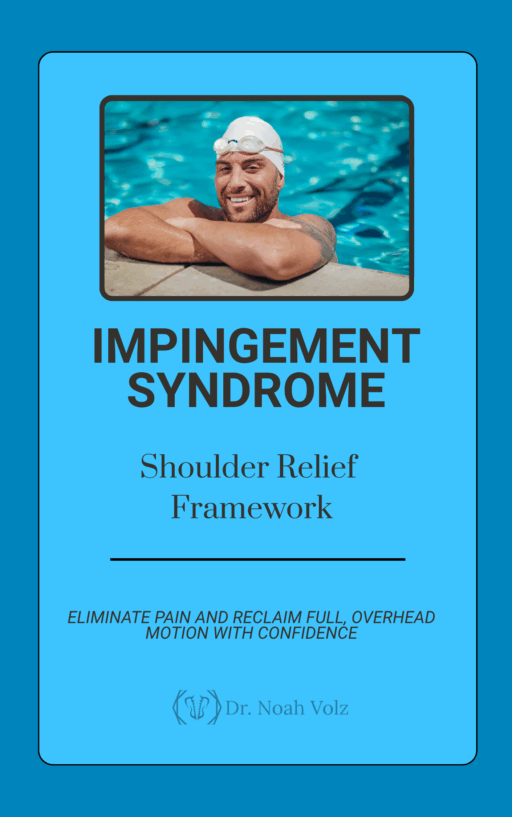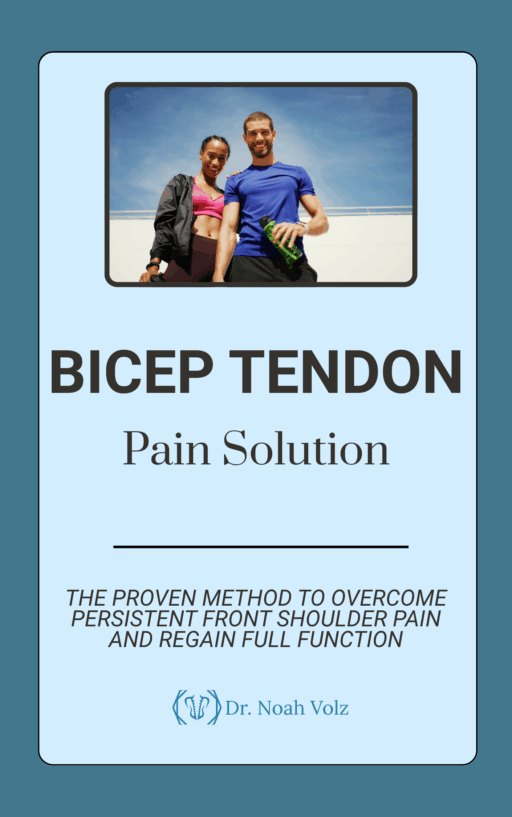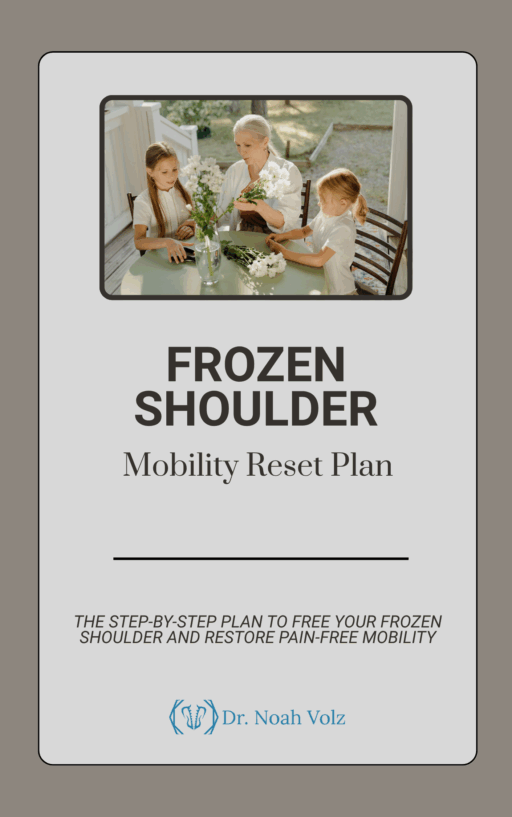Description
The Rotator Cuff Recovery Blueprint
A Science-Based, Movement-Focused Approach to Healing
Rotator cuff injury used to mean just one thing: a torn tendon or muscle. But if you’re still struggling with shoulder pain—despite rest, therapy, or injections—it’s time for a better story. One that explains your pain and empowers your recovery.
This comprehensive course challenges common misconceptions about rotator cuff injuries and provides a clear, research-driven plan to restore your shoulder’s function through natural movement and targeted rehabilitation—no surgery or guesswork needed.
Why This Course Matters
Rotator cuff pain is more complex than just a tear or strain. Many people with visible rotator cuff damage have no pain at all, while others suffer despite normal scans. That’s why this course focuses on real movement patterns, neuromuscular imbalances, and the critical role of your nervous system in chronic pain.
Whether you’re dealing with daily discomfort, limited overhead mobility, or a lingering diagnosis of rotator cuff injury, this course will help you understand the real “why”—and what to do about it.
Why Trust This Approach
This program is grounded in the latest research in musculoskeletal health, biomechanics, and pain science. Guided by a holistic, patient-centered lens, you’ll explore natural healing principles and movement strategies that:
-
Correct dysfunctional patterns
-
Calm the nervous system
-
Restore balanced shoulder mechanics
-
Rebuild confidence in your body
There are no gimmicks and no unnecessary surgeries—just practical, science-backed guidance rooted in clinical experience and real-world results.
Transform Your Life: From Fearful Movement to Functional Freedom
Imagine reaching overhead without hesitation. Sleeping on your side again. Picking up a bag without flinching. This course will guide you through a full reframe of your shoulder pain story, offering a structured path to recovery through movement, education, and self-empowerment.
You’ll learn how your pain may be rooted in muscular imbalances, postural strain, joint miscoordination, or even nervous system hypersensitivity—and what you can do about it.
What You’ll Learn and Get
A Fresh Look at Rotator Cuff Injury
-
Break down outdated myths about rotator cuff tears
-
Discover why surgery isn’t always the answer—and how many people find relief through movement and education
Core Movement Principles
-
Reciprocal Inhibition: Learn how muscular imbalances silently affect your stability
-
Biotensegrity: Understand your body as an interconnected suspension system
-
Regional Interdependence: See how shoulder pain often originates in the neck, spine, or ribcage
Pain Science and Nervous System Insight
-
Understand central sensitization—how your brain may keep sending pain signals long after tissues have healed
-
Learn how inflammation, stress, and sleep quality influence pain perception
Practical Tools and Movement Retraining
-
Step-by-step rehab exercises including scapular movements, towel stretches, scapular retractions, and postural drills
-
Techniques to retrain proprioception, reduce fear of movement, and build resilience
Long-Term Strategies
-
Postural awareness and daily movement habits that support healing
-
Manual therapy techniques to restore joint mobility and balance
-
Self-care tips for reducing inflammation and maintaining long-term shoulder health
By the End of This Course, You’ll Be Able To:
-
Distinguish between outdated rotator cuff injury myths and current best practices
-
Identify and correct dysfunctional shoulder movements on your own
-
Reduce pain without injections or surgery
-
Build a strong, functional shoulder using progressive, research-backed techniques
What’s Included in the Course
-
Video demonstrations of safe and effective exercises (scapular movements, band work, stretches, and more)
-
Clear explanations of biomechanics and pain science—written in plain language
-
Reflection prompts to reinforce learning and promote self-motivation
-
Patient-centered tools that help you take control of your healing journey
What People Are Saying
•“I believed surgery was my only option until this course showed me a clearer path to healing.”
• “The combination of science and hands-on exercises made recovery manageable and effective.”
• “Gaining insight into my pain helped me overcome the anxiety that held me back.”
Start Healing Smarter Today
You don’t need complicated solutions or unnecessary procedures. You need a focused approach that treats your shoulder within the context of your whole body. This course guides you to restore confidence in your shoulder and regain pain-free movement.
Begin your recovery with proven, science-based methods that support your body’s natural healing.




